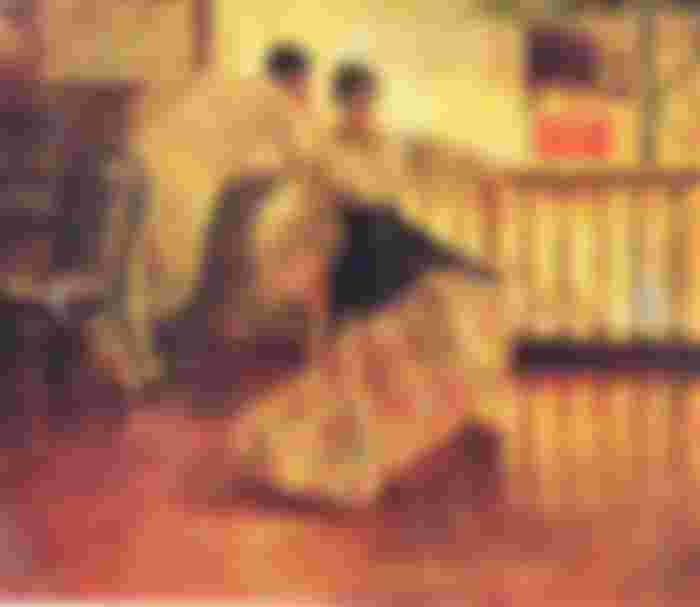Philippine culture or Philippine culture is a mixture of the indigenous traditions and cultures of its early traders and conquerors. The occupation of the Spaniards in the Philippines, under Mexican rule, which lasted for more than 299 years, contributed greatly to Philippine Culture. The Filipino language, more commonly known as Tagalog, is borrowed a lot from Spanish. Most celebrated traditions are mixed Christian, Pagan, and other local ceremonies. For example, every year, towns across the country, hold large Festivals, reminding the Patrons of the towns, villages, or districts. Festivals often include folk dancing, and elsewhere there is a cockpit. Similar traditions are also practiced in the countries conquered by the Spaniards. In the southern part of the country most Muslim believers are also celebrating their traditions and practices.
Even before the first conquerors, merchants from India, Malaysia, Indonesia, China and Japan also contributed significantly to Philippine Culture. Hinduism and Buddhism had an influence on the native beliefs of the Filipinos before the arrival of the Spaniards and the Muslim merchants. Tagalog and other Philippine languages are borrowed heavily in Sanskrit. Karma is a good example, which is still believed today by Filipinos. Many superstitions, borrowed words and food, such as noodles, siopao and so on were inherited by Chinese traders. Culture means the way people live reflects customs, traditions, arts, education systems, music and government.
Philippine Society Change
Philippine Society is a mixed society. One as a country, and many because of the isolation of the area, because of its island state and its practices. The country is divided between Christians, Muslims, and other groups; between those in the city and the villages; mountains and herders; and between the rich and the poor.
Filipino Customs Change
Bayanihan: Bayanihan is formed by neighbors' organizations that work together whenever and wherever needed. The shop is often seen on wheeled vehicles. Riders and the people nearby will immediately assist the driver no matter what happens to the damaged vehicle. Or it is more often described by the relocation of those in the province. The houses are at the same time carried by men who sometimes accompany the song to make it feel less serious. This is the opposite of the individualism of European and American societies.
Extreme Family Bonding: Filipinos are often close to their family and other relatives. The basic social system of Filipinos is family. Many Filipinos live near their relatives, regardless of their age or their own family. Usually a home in the Philippines consists of more than two families. In the provinces, villages are usually made up of one clan, and almost everyone knows them
Partnership [1]: Partnership is a Filipino tradition that seeks to have a good and friendly relationship with others.
Hiya: The custom of Hiya is a social norm. Filipinos believe that they must act in accordance with accepted social norms; if they have acted in a way that is not acceptable, the shame they have created is not only for themselves but also for their family. An example would be the arrogance of being prepared even though he may not be financially able. When one is ashamed of many people, they feel ashamed and lose their courage.
Indebtedness [1]: Indebtedness is a man's debt to the person who has helped him through the trials he has gone through. There is a saying: Whoever does not look back will not come
Festivals


Ritual of continuity Change
Main article: Circumcision
Each year, often in April and May, thousands of Filipino boys are circumcised. According to the World Health Organization (WHO), nearly 90% of Filipino men are circumcised, one of the highest rates of circumcision. Although its origins date to the advent of Islam in 1450, the next 200 years of Spanish rule abolished religious reasons for circumcision. However, circumcision continued. Even in language it shows pressure to be circumcised: the Tagalog word pouch also means 'cowardly'. It is generally believed that the circumcised child of eight or ten years is no longer young and is given more adult roles in the family and society. [20]




Hi sir Sorry my community is for History. this is community is suit for your articles https://read.cash/c/learning-philippines-aa40